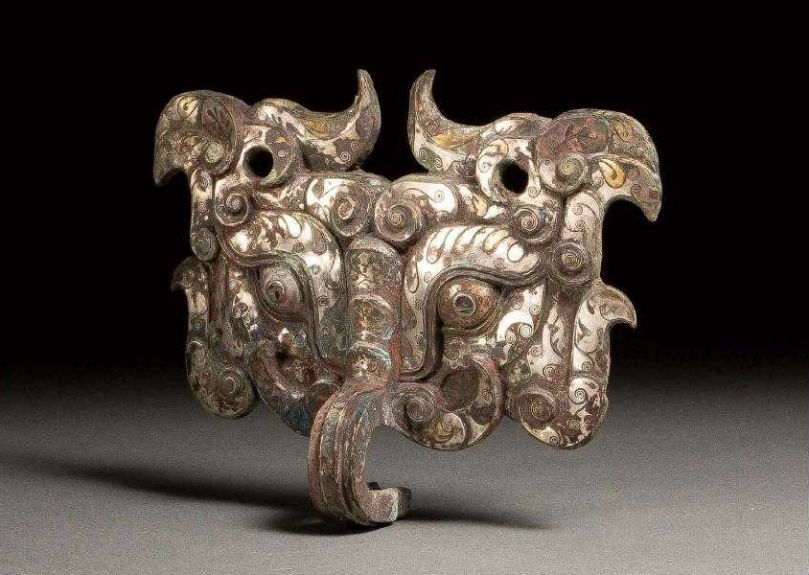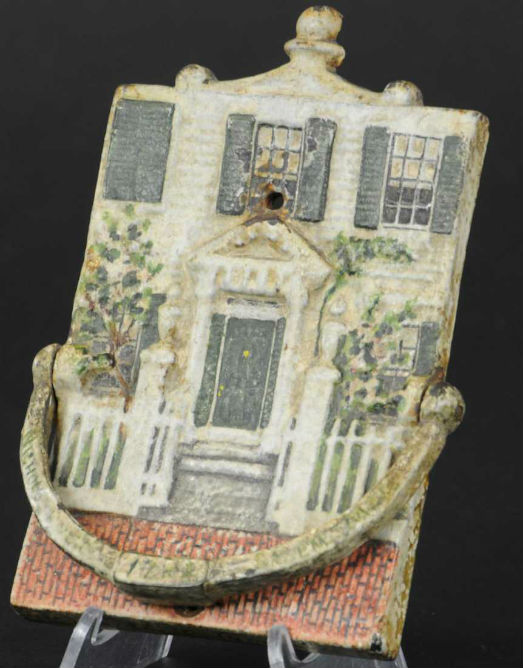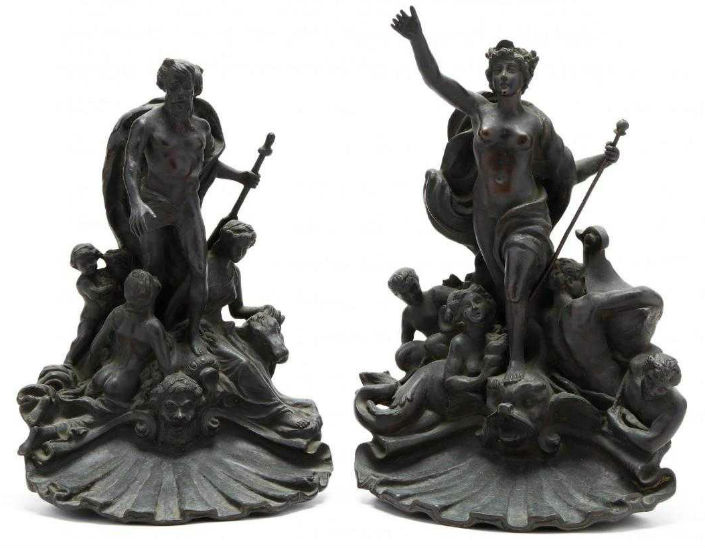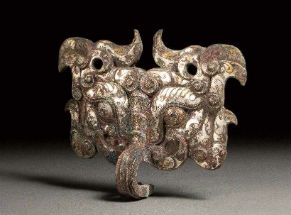
NEW YORK – Door knockers instantly provide insight into a homeowner’s personality and tastes. Quirky, bold or folky door knockers come in endless varieties, from mythological figures or a ram’s head to a bunch of grapes, a winking Cheshire cat or a basket of flowers.
The use of door knockers dates back centuries and they are usually made of cast iron, bronze or brass.
They announce how an important or historic building by how impressive or elaborate the knocker is, such as the lion’s head door knocker at No. 10 Downing St. in London, the residence of the British prime minister. They also can convey meaning, such as a lion symbolizing power or strength or in China, a dragon can also symbolize good fortune. Christian symbols were often appropriated in Europe as a sign of protection. In some cases, the maker pays attention to the striker, making it more ornate than the base plated, while in some cases the opposite is true and in the best door knockers, both parts are attractively embellished. Impressive wrought iron examples from France, Italy or Spain in the 15th century, designed to convey wealth and status, are also highly desirable.

“Compared to the classic and oft-repeated bronze versions – from lion protomes with rings in their mouths that first appeared in the ancient world to the spectacular objects designed and executed by Venetian artists in the 16th century – doorknockers in iron are undoubtedly less known and celebrated, but perhaps even more interesting and rare because they are absolute unique and practical,” according to a blog by Cesati Works of Art in Milan.
Museums around the world have collected fine examples of door knockers; a few can be seen here, here and here.
The history of door knockers traces its roots to ancient Greece, but their use soon spread globally. To deter unannounced visitors, the earliest of door knockers were installed in the form of an iron bar secured to the door via a chain. Over time, the knocker evolved into a base plate mounted on the door that had a ring or a cast object that a visitor could use to rap the door. They became highly decorative also.
Jeanne Bertoia of Bertoia Auctions in Vineland, N.J., has long collected figural cast iron from doorstops to door knockers.

“Flowers, just like in doorstops, are the most plentiful in door knockers,” she said, noting the Hubley Manufacturing Co. of Lancaster, Pa. The company, one of the largest American manufacturers of door knockers, created many flower-themed knockers as part of its art products line that were very popular in the late 1920s all through the ’30s and up to when the war started in 1941. Hubley is well known for its flower baskets but it also created charming examples with birds, insects and figures.
“There is a charming one that Hubley makes of a girl knocking on the door and a boy sitting on a wall,” Bertoia said. “One of my favorites I have is a large dragonfly and the body of the dragonfly taps onto the long part being attached to the door. Another one is a spiderweb with a spider on it; it’s charming. There is a witch flying on a broomstick, which is a rare and desirable door knocker.”
Collectors tend to specialize in door knockers by brand or by type, perhaps collecting only flower baskets, animals or fish.
“First of all, collectors look for condition, so beautiful painted cast-iron with bright colors is most appealing. And then there is the variety of trying to find something that they don’t already have,” she said. Often people will put door knockers not just on the front door of their home but on bedroom and powder room doors. “I’ve sold door knockers to women who collected only the flower baskets and used them throughout the house.”

Hubley made a number of its doorknockers in the same pattern as its doorstops so people could have a matching set. Popular models included its Bathing Beauty, Grandpa Rabbit and many of its flower baskets. “I have seen instances where a collector wants to get a door knocker to match the doorstop,” Bertoia said, “That’s a challenge if not that many were made. They are not as plentiful; you don’t see them as often. Sometimes you find a door knocker still in the box, and still having original screws, which was probably leftover store stock, and obviously, it would be in mint condition.”
The market is strong. Those who appreciate cast iron and doorstop collectors usually like door knockers also. Bronze and iron examples from centuries earlier tend to bring the highest money (in the $5,000-$10,000 range) and Hubley examples in good paint and condition, which are more plentiful, can net a few hundred dollars each.

“What’s nice about door knockers is they are small so they don’t take up a lot of space,” she said. “In today’s market where a lot of people are downsizing into smaller spaces, door knockers are the perfect collectible to start collecting because you can use them on doors if you want to start that way but you can actually just mount them on the wall.”
At one time, Bertoia hung an antique barn door in her home and covered it with rows of door knockers, which made for a striking presentation.
A nice collection of door knockers would make an attractive cabinet of curiosities (wunderkammer) in the modern home and, of course, a stunning knocker mounted on your front door will make quite a first impression.
# # #


